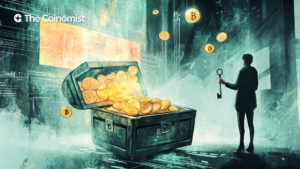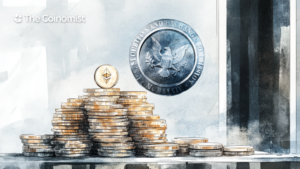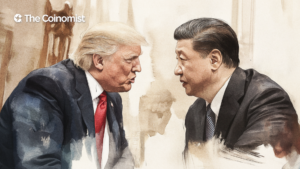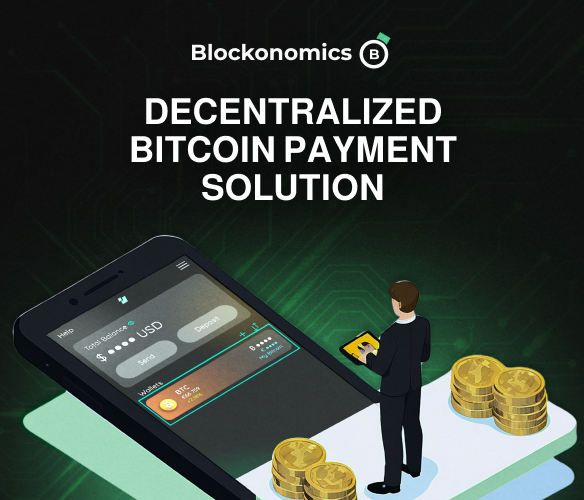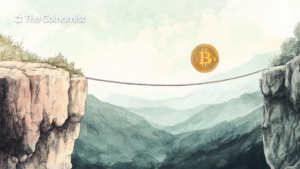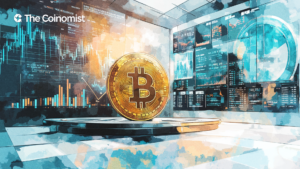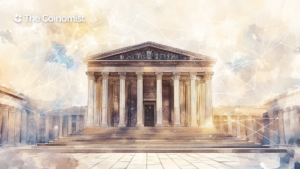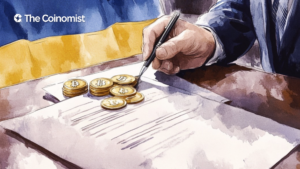DePIN and RWA Are Redefining Everyday Life—Are You Ready?

What once seemed like an obscure conversation among developers is now reshaping industries worldwide. DePIN and RWA are revolutionizing finance, infrastructure, and consumer interactions, bridging the gap between physical and digital economies. This isn’t speculation—it’s reality, and the change is already here.
On this page
What Are DePIN and RWA?
Heard of DePIN and RWA? These two concepts are changing the game for finance, business, and digital ownership.
With DePIN, you don’t need to be a big investor to profit from physical infrastructure. Have extra computing power? Rent it out. Got unused internet bandwidth? Monetize it. Instead of massive corporations owning and running everything, people like you can earn by contributing to decentralized networks. It’s a win-win model for everyone, and it’s already happening.
Curious about DePIN? Check out our comprehensive article, “What Is DePIN?”
At the same time, RWA is bringing real-world assets on-chain, enabling the tokenization of real estate, precious metals, fine art, and even stocks. With this innovation, investors can own fractional shares of high-value assets, making markets once reserved for the wealthy accessible to a much broader audience.

Want to get a better grasp of what the RWA market looks like today and how tokenization actually works? We covered it all in our article “Tokenization of Real World Assets (RWA): A Comprehensive Review.”
But let’s take it a step further—how can this impact your business, your investments, and even your daily spending habits? Let’s break it down.
Turning Spare Resources into Passive Income
What if you could earn money simply by sharing your internet connection? That’s the reality of DePIN-powered projects like Helium Network. By installing a hotspot device, users help expand wireless coverage and earn cryptocurrency (HNT) in return—a simple, yet powerful shift in how financial opportunities are created.
No massive investment, no complex barriers—just a decentralized model that lets anyone participate in shaping the future of connectivity while earning rewards.
For years, investing in real estate meant hefty down payments, bank loans, and complex transactions. But with RWA tokenization, investors can now own fractions of physical properties—just as easily as buying shares in a company like Coca-Cola.
U.S.-based RealT is leading this shift, breaking properties into blockchain-based tokens, allowing anyone to earn passive rental income in stablecoins. With annual returns reaching up to 16%, this innovation could redefine how wealth is built in the digital age.
This is precisely the model behind the Brazilian real estate platform Loft. Instead of requiring investors to purchase entire properties, it allows them to acquire fractional shares in rental units, generating passive income from lease agreements.
Another example is Stay Open, a project that converts underutilized commercial properties into co-living spaces. Token holders benefit from dual utility: their stake offers investment potential while also granting them booking rights for short-term stays—a concept tailor-made for the needs of digital nomads and remote workers.
Small businesses stand to benefit significantly from these innovations. Tokenization offers startups a way to raise capital without intermediaries, such as banks and financial institutions. By issuing tokens backed by tangible assets—whether inventory, equipment, or other holdings—companies can create new financing channels that are both efficient and widely accessible.

The Practical Impact of DePIN and RWA on Everyday Life
These technologies extend far beyond corporate environments, increasingly influencing daily routines. One compelling example is China’s decentralized Mobility as a Service (MaaS) system, which leverages blockchain to process transit payments. By enabling seamless cryptocurrency payments via mobile phones, this system enhances efficiency, affordability, and accessibility within urban transportation networks.
Sonnen, a German energy innovation project, is redefining how households store and distribute solar power. By leveraging blockchain, homeowners can sell surplus electricity directly to their neighbors, eliminating intermediaries and reducing overall energy expenses. This decentralized model strengthens the sustainability and efficiency of the power grid.

DIMO, a DePIN-powered solution (Digital Infrastructure for Moving Objects), allows drivers to monetize their trip data while actively contributing to urban traffic optimization. By sharing their driving patterns, participants receive cryptocurrency rewards that can be used for fuel and services. This decentralized approach not only lowers transportation costs but also reduces traffic pressure and curtails CO₂ emissions.
Check out our full coverage in “DIMO LTE R1: The Future Where Your Car Earns Crypto”
The Double-Edged Sword of DePIN and RWA
While DePIN and RWA offer promising innovations, their implementation is far from straightforward. The Celo project, which attempted to tokenize carbon credit quotas for developing nations, ran into unforeseen difficulties. Digital illiteracy and inconsistent internet access prevented widespread adoption, as many users lacked the necessary experience with online platforms. This ultimately led to the project's failure, underscoring a key takeaway: the success of cutting-edge technologies hinges not only on solid infrastructure but also on comprehensive educational initiatives to bridge the digital divide.
As technology advances, security becomes an even greater priority. The risk of losing a private key—and with it, access to all cryptocurrency holdings—serves as a stark reminder of the importance of asset protection. Users must develop robust security habits to navigate the evolving financial landscape with confidence.
DePIN and RWA are already disrupting traditional finance, empowering individuals and businesses with new financial tools. But with cutting-edge technology comes responsibility. To truly benefit from these advancements, users must dive deeper into their mechanics and stay ahead of potential risks.
The content on The Coinomist is for informational purposes only and should not be interpreted as financial advice. While we strive to provide accurate and up-to-date information, we do not guarantee the accuracy, completeness, or reliability of any content. Neither we accept liability for any errors or omissions in the information provided or for any financial losses incurred as a result of relying on this information. Actions based on this content are at your own risk. Always do your own research and consult a professional. See our Terms, Privacy Policy, and Disclaimers for more details.
